Rome is often described as an open-air museum—a city where the ancient legacy of empires past intertwines seamlessly with the pulse of modern life. From the majestic ruins of the Colosseum to the bustling cafés along cobblestone alleys, the Eternal City never ceases to captivate. This guide will help you explore Rome’s storied past, vibrant present, and the irresistible blend of culture, art, and cuisine that makes this destination a must-see for travelers seeking both historical depth and contemporary charm.
Introduction to the Eternal City
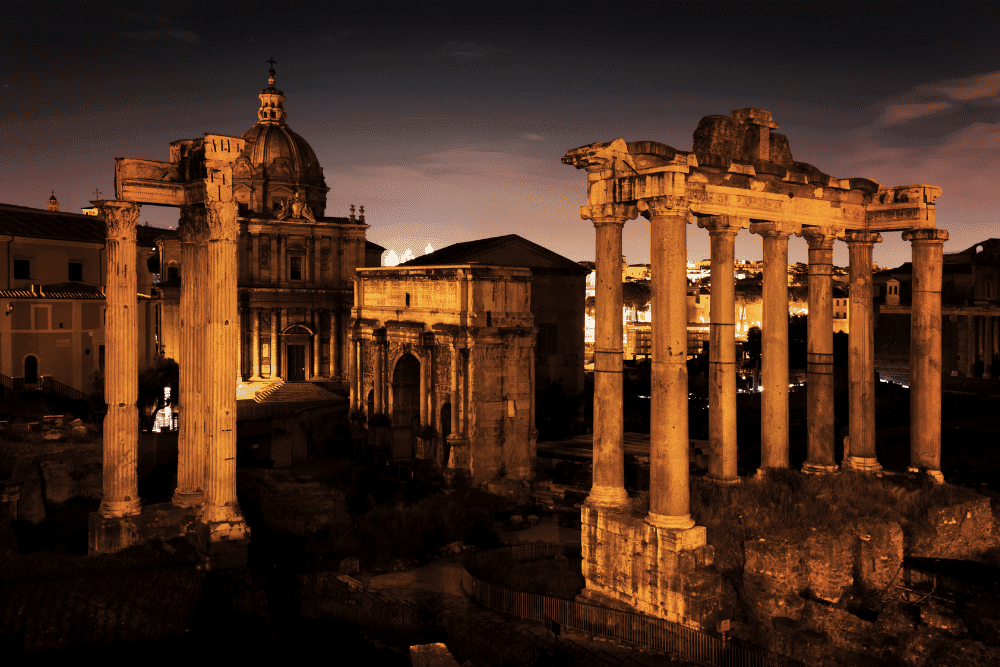
Known as the Eternal City, Rome is a place where time seems to stand still, yet progress marches on. Founded, according to legend, by Romulus and Remus, the city boasts nearly three millennia of history. The phrase “all roads lead to Rome” speaks to its profound influence as the heart of the Roman Empire, later evolving into a hub for Renaissance art and Baroque architecture. Today, it remains Italy’s capital, a bustling metropolis that preserves its ancient heritage while embracing modern innovations.
Key highlights:
-
- Colosseum and Roman Forum for ancient grandeur
- Renaissance and Baroque wonders like St. Peter’s Basilica
- Bustling piazzas lined with cafés, boutiques, and gelaterias
Whether you’re wandering through the ruins of the Roman Forum or sipping espresso near the Pantheon, the city’s layers of history reveal themselves around every corner.
A Journey Through Time: Ancient Rome
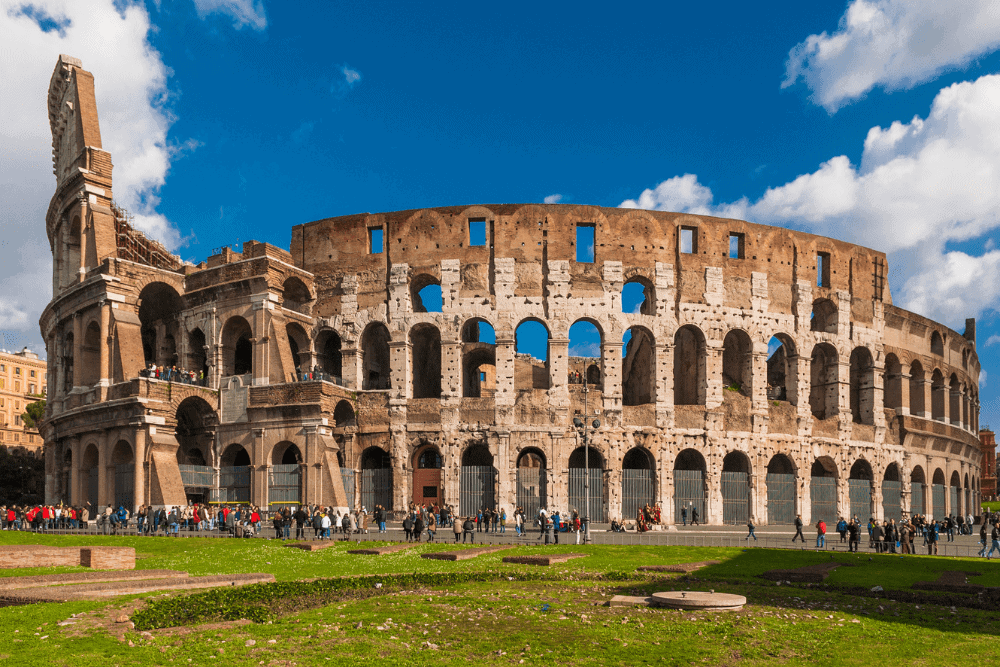
To truly appreciate Rome’s ancient legacy, start with its core: the monumental ruins of the Roman Empire. The Colosseum, once the stage for gladiatorial contests, still stands as an icon of Roman engineering. Nearby, the Roman Forum offers a glimpse into the heart of public life two thousand years ago—temples, basilicas, and arches that once bustled with senators, merchants, and citizens.
Must-See Highlights
- Colosseum: Walk inside the amphitheater that once held up to 50,000 spectators. Marvel at the complex network of underground passages where gladiators and wild animals awaited their fate.
- Roman Forum: Explore the ruins of ancient governmental buildings, including the Temple of Saturn and the Arch of Septimius Severus. Picture daily life during Rome’s golden age.
- Palatine Hill: Overlooking the Forum, this legendary hill is where Romulus supposedly founded the city. Stroll through remnants of imperial palaces and gardens.
Insider Tip: Purchase a combined ticket for the Colosseum, Roman Forum, and Palatine Hill to save time and money. Booking in advance can help you skip long lines, especially during peak season.
Renaissance and Baroque Influences
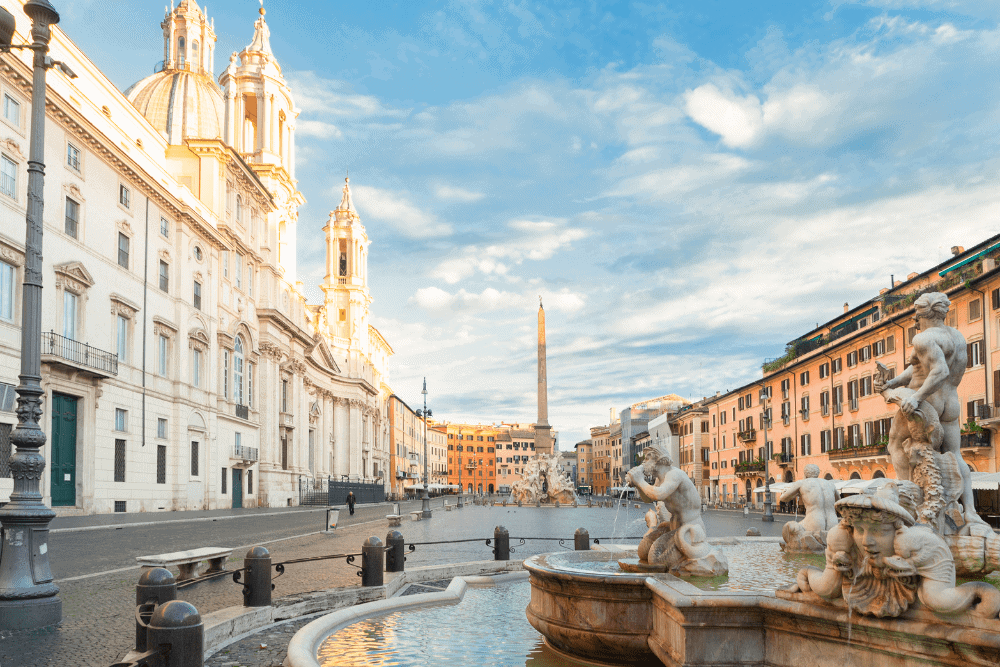
Centuries after the fall of the Roman Empire, the city underwent a grand transformation during the Renaissance and Baroque periods. Magnificent churches, opulent palaces, and elaborate fountains emerged, many under the patronage of powerful families like the Medici and the popes.
Art and Architecture Highlights
- St. Peter’s Basilica: Located in Vatican City, this is one of the world’s largest churches. Designed by masters like Bramante, Michelangelo, and Bernini, its dome and interior sculptures remain awe-inspiring.
- Sistine Chapel: Admire Michelangelo’s frescoes, including the iconic “Creation of Adam.” Arrive early or opt for a skip-the-line ticket to avoid crowds.
- Piazza Navona: Once a Roman stadium, it’s now a Baroque masterpiece featuring Bernini’s Fountain of the Four Rivers. The square comes alive with street performers and outdoor cafés.
Cultural Note: Many of these sites have religious significance, so dress modestly when visiting churches or chapels. Shoulders and knees should be covered to show respect.
Rome’s Modern Charm
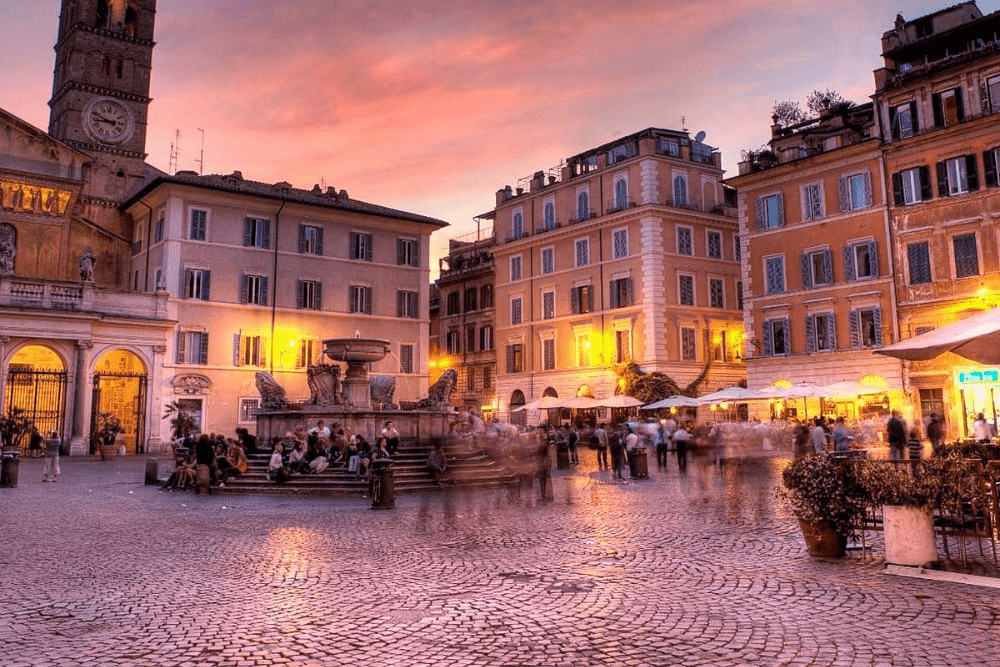
While Rome’s history is a major draw, the city’s modern side is equally captivating. Trendy neighborhoods like Monti and Trastevere brim with artisan shops, craft cocktail bars, and contemporary art galleries. Rome’s public transportation, though sometimes crowded, connects these districts with ancient sites, making it easy to explore diverse facets of the city.
Neighborhood Highlights
- Trastevere: A bohemian district on the west bank of the Tiber River. Known for ivy-draped buildings, lively piazzas, and late-night trattorias.
- Monti: Just a short walk from the Colosseum, Monti is a hip enclave filled with vintage boutiques, stylish bars, and hidden piazzas.
- Testaccio: A foodie’s paradise, famous for its authentic Roman cuisine, bustling market, and contemporary art museum (MACRO).
Modern Must-Do: Visit MAXXI (the National Museum of 21st Century Arts) for a taste of Rome’s contemporary art scene, showcasing innovative installations and international exhibitions.
Iconic Landmarks and Hidden Gems
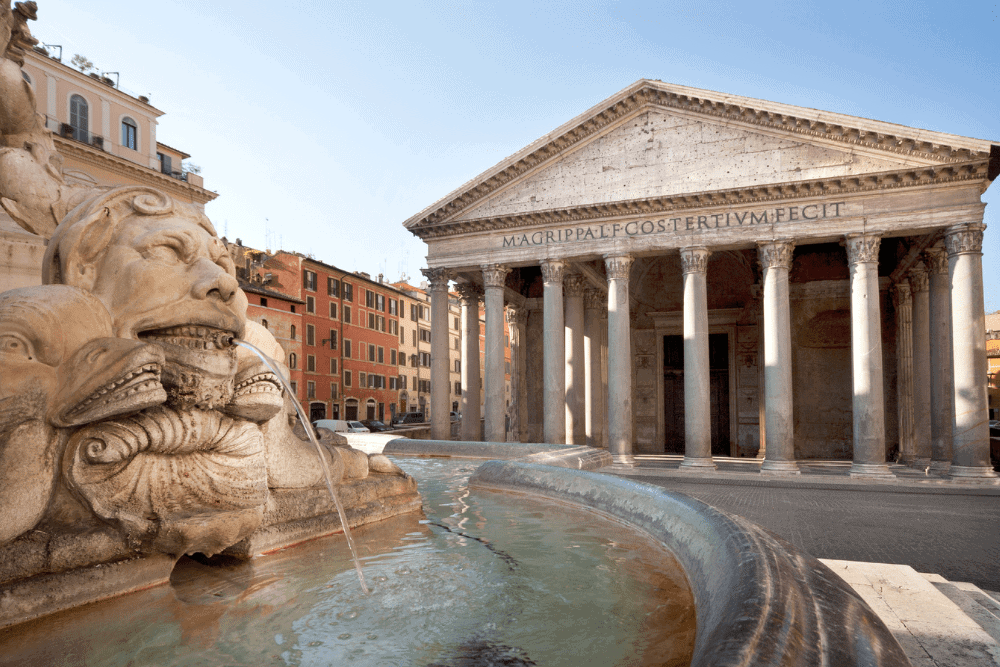
Beyond the marquee attractions, Rome offers countless hidden gems waiting to be discovered. The Pantheon, a testament to Roman engineering with its giant concrete dome, is a favorite among locals and tourists alike. Nearby, narrow alleys lead to charming squares and local eateries where you can indulge in pasta dishes like carbonara or cacio e pepe.
Landmark Highlights
- Pantheon: Originally a temple to all gods, now a church. The oculus in the dome filters natural light into the rotunda, creating a mesmerizing effect.
- Trevi Fountain: A Baroque masterpiece by Nicola Salvi. Tradition says tossing a coin over your left shoulder ensures a return to Rome.
- Villa Borghese: A sprawling park with manicured gardens and museums like the Galleria Borghese, showcasing works by Bernini and Caravaggio.
Off-the-Beaten-Path: Seek out the keyhole on the Aventine Hill—when you look through it, you’ll see a perfectly framed view of St. Peter’s Basilica, a delightful secret of Roman whimsy.
Culinary Delights: From Street Food to Fine Dining

Rome’s culinary scene is a feast for the senses, offering everything from quick bites to lavish dinners. Traditional Roman dishes focus on simple ingredients: fresh pasta, local cheeses, and seasonal produce. Markets like Campo de’ Fiori display vibrant fruits, vegetables, and artisanal products.
Foodie Favorites
- Pasta Classics: Don’t miss spaghetti alla carbonara, bucatini all’amatriciana, and cacio e pepe—three signature Roman pasta dishes.
- Pizza al Taglio: Grab a slice “by the cut” in small pizzerias. Each square piece is weighed and priced accordingly.
- Gelato: Indulge in creamy artisanal gelato at shops like Giolitti or San Crispino, offering an array of flavors from pistachio to salted caramel.
Dining Tip: To experience authentic Roman cuisine without tourist crowds, head to Trastevere or Testaccio, where family-run trattorias serve recipes passed down through generations.
Practical Tips for Navigating Rome

Though Rome is walkable in many areas, its extensive size and lively pace can be overwhelming. A few practical tips can enhance your visit:
- Transportation: The Metro system has limited lines, but it’s efficient for major stops. Buses reach more neighborhoods, albeit with frequent traffic delays. Taxis and rideshares (like Free Now) are available, but be mindful of peak times.
- Tickets and Passes: Purchase combination tickets for major attractions or consider the Roma Pass for discounted entry to museums and unlimited public transit.
- Dress Code: Many religious sites require modest attire. Always carry a scarf or light jacket to cover shoulders if you plan to enter churches.
- Safety: Rome is generally safe, but be cautious of pickpockets in crowded areas like Termini Station or near tourist hotspots.
For more advice on budgeting and itinerary planning, visit our Budget Travel Tips page.
Embracing Rome’s Eternal Spirit
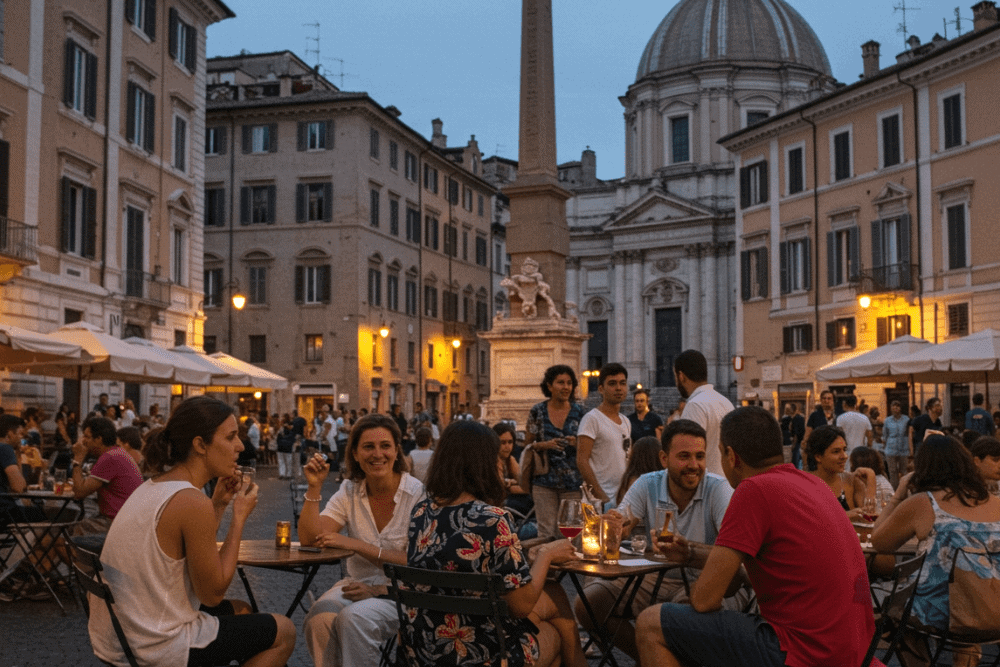
Rome’s enduring allure lies in its ability to fuse ancient relics with a contemporary lifestyle. The city’s heartbeat resonates in daily life—vendors selling fresh produce at local markets, families enjoying passeggiata (evening stroll), and artisans crafting modern takes on traditional souvenirs.
- Cultural Etiquette: Greet shopkeepers with a friendly “Buongiorno” or “Buonasera,” and don’t be surprised if a casual conversation blossoms into an animated discussion about food or football.
- Local Traditions: Join the locals in an aperitivo—a pre-dinner drink accompanied by small bites—at a neighborhood bar. It’s a cherished way to unwind and socialize.
- Seasonal Joys: Each season brings a different flavor to Rome. Spring sees vibrant blooms at parks like Villa Pamphili, while summer nights often feature open-air concerts amid ancient ruins.
Conclusion: Rome’s Ancient Legacy Lives On

Rome ancient legacy is far more than a historical footnote—it’s a living tapestry woven into the city’s every street, monument, and tradition. As you explore the Colosseum, toss a coin into the Trevi Fountain, or savor a plate of carbonara at a tucked-away trattoria, you become part of a narrative that spans centuries.
Let the Eternal City reveal its layers, from the stately columns of ancient temples to the neon-lit storefronts of modern boutiques. If you crave more travel inspiration or tips on exploring Europe’s most captivating destinations, be sure to browse our Travel Guides for in-depth recommendations and insights.
Rome’s ancient legacy continues to guide its evolution, proving that a city can honor its past while embracing the future. As the poet Shelley once wrote, “When falls the Coliseum, Rome shall fall; and when Rome falls—the World.” Let your journey here remind you that history isn’t just behind us—it’s alive in every step you take through these storied streets.
Explore Italy’s past with uncover the hidden culinary gems of Italy, find hidden spots in unveil Italy’s best kept secrets, and pack light with travel light: 15 essential minimalist packing tips.
For more travel inspiration and expert tips, explore our Budget Travel Tips and Travel Guides. And don’t forget to connect with us on social media for daily updates and stunning visuals—follow us on Instagram and subscribe to our YouTube channel.
Keep exploring, stay curious, and let Rome light your path to endless adventures!













